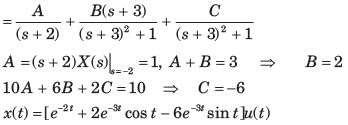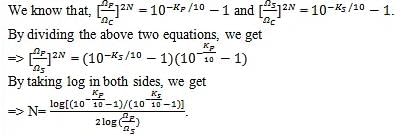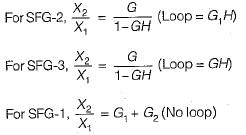Test: ESE Electrical - 9 - Electrical Engineering (EE) MCQ
30 Questions MCQ Test - Test: ESE Electrical - 9
The charging time required to charge the equivalent capacitance between the given terminals a-b by a steady direct current of constant magnitude of 10 A is given by:
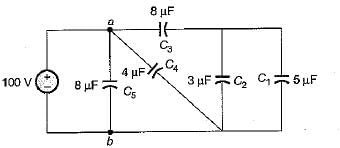
An ac voltage of 220 V is applied to a pure inductance of 50 H. If the current is 5 A, the instantaneous value of voltage and current will be respectively given by:
The voltage and current through a circuit element is v = 100 sin (314 t + 45°) volts and i = 10 sin (314 t - 45°) amps.
The type of circuit element and its value will be respectively:
Determine the complex power for hte given values in question.
Vrms = 220 V, P = 1 kW, |Z| = 40Ω (inductive)
In wye or star connection _____________ of the three phases are joined together within the alternator.
The three impedances Z1 = 20∠30⁰Ω, Z2 = 40∠60⁰Ω, Z3 = 10∠-90⁰Ω are delta-connected to a 400V, 3 – Ø system. Find the phase current IB.
Calculate the emf when the flux is given by 3sin t + 5cos t
Calculate the emf when a coil of 100 turns is subjected to a flux rate of 0.3 tesla/sec.
Which of the following is done to convert a continuous time signal into discrete time signal?
Which of the following is true regarding the number of computations requires to compute an N-point DFT?
Determine the time signal x(t) corresponding to given X (s) and choose correct option.

Determine the time signal x(t) corresponding to given X (s) and choose correct option.

Determine the Fourier series coefficient for given periodic signal x(t).
x(t) as shown in fig. P5.7.3
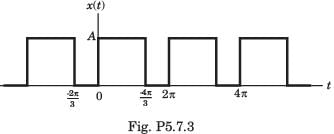
Determine the Fourier series coefficient for given periodic signal x(t).
x(t) as shown in fig. P5.7.4
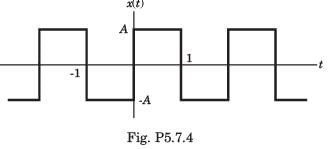
Consider a continuous time periodic signal x(t) with fundamental period T and Fourier series coefficients X[k]. Determine the Fourier series coefficient of the signal y(t) given in question and choose correct option.
y(t) = Ev{x(t)}
A sinusoid x(t) of unknown frequency is sampled by an impulse train of period 20 ms. The resulting sample train is next applied to an ideal lowpass filter with cutoff at 25 Hz. The filter output is seen to be a sinusoid of frequency 20 Hz. This means that x(t) is
The following butterfly diagram is used in the computation of:
What is the order N of the low pass Butterworth filter in terms of KP and KS?
Match List - I (Roots in s-plane) with List - II (Corresponding impulse response) and select the correct answer using the codes given below the lists:
List - I

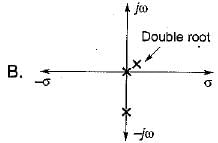

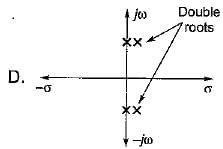
List - II
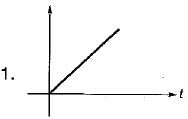
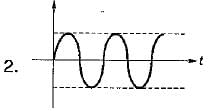
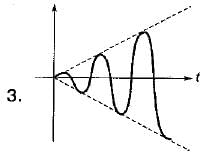
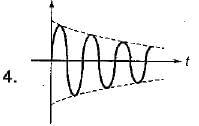
Codes:

Consider the following three cases of signal flow graph and their corresponding transfer functions:
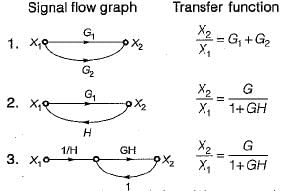
Q. Which of the above relations is/are correctly matched?
The peak overshoot of step-input response of an underdamped second-order system is an indication of
Consider the following statements regarding the characteristic equation of a system given by:
s4 + 5s3 + 25+10 = 0
- The system is unstable.
- The system is stable.
- Number of roots with zero real part - 0
- Number of roots with positive real part - 4
- Number of roots with negative real part = 2
Which of the above statements are correct?
Assertion (A): From the root sensitivity standpoint, a system should not be operated at the breakaway points.
Reason (R): The root sensitivity at the breakaway points is zero.
The constant M-circles corresponding to the magnitude (M) of the closed loop transfer function of a linear system for value of M less than one lie in the G-plane and to the


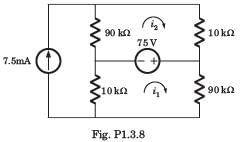


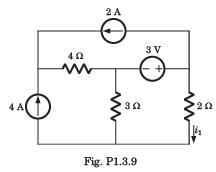



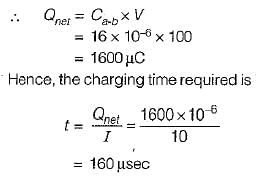
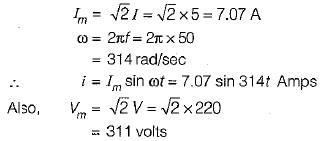




 = 0.8264 or θ = 34.26°,
= 0.8264 or θ = 34.26°,



